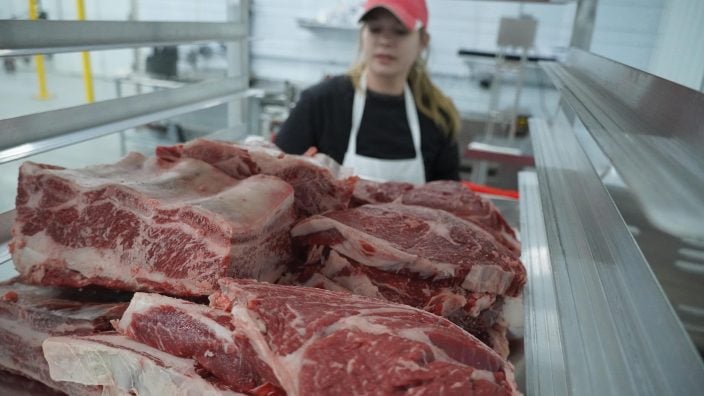USDA rolls out Farmers First: Small Family Farms Policy Agenda
After nearly 100 days of traveling the nation and visiting directly with hundreds of farmers across America, U.S. Secretary of…
Read MoreThe grants can be used by businesses that own or operate a meat processing facility located in Ohio that was in operation as of July 1, 2021. Applications are being accepted on a first-come, first-served basis.
The newly created Ohio Meat Processing Grant program is now accepting applications on a first-come, first-served basis. The program provides grants of up to $250,000 to Ohio livestock and poultry producers so they can implement processing efficiencies, expand or construct facilities at existing sites, assist in training and certification, and improve harvest services.
“A lack of capacity for meat processing at the local level is an issue that pre-dated COVID, but the pandemic really brought it home when we started to see major disruptions in our nation’s food supply chain,” said Ohio Farm Bureau Senior Director of State and National Policy, Brandon Kern. “The vulnerabilities in the food system became very real for consumers and for the lawmakers that represent them, and this policy is a great step forward to help create additional options out there for local processing on a smaller scale.”
As consumers dealt with the realization of fewer quantities and options of meat cuts at the grocery store, farmers were having issues of their own when it came to finding a place to move market-ready livestock off of the farm, as larger facilities shut down and smaller ones became overwhelmed.
“This program is the perfect example of grassroots in action as this all started with conversations with Ohio Farm Bureau members in Gallia County who were interested in being able to expand their meat processing capacity but were limited on the resources to do so,” Kern said. “That conversation worked its way to the state level, and we worked with legislators to put something in place that was going to be useful and meaningful to help Ohio’s food supply system move in the right direction.”
The grants can be used by businesses that own or operate a meat processing facility located in Ohio that was in operation as of July 1, 2021. The facility must provide processing services for livestock and/or poultry producers, and it must be a for-profit entity, such as a corporation, LLC, partnership, joint venture or sole proprietor.
Grants can be used to reimburse businesses for costs incurred after the date the application was submitted at the project location identified in the application, as long as the costs do not violate state or federal law and are not otherwise specified as ineligible costs.
Eligible uses include:
For detailed information on the program and for application instructions, visit Development.Ohio.Gov/MeatProcessing.
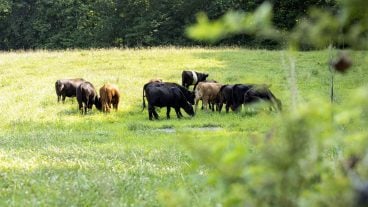
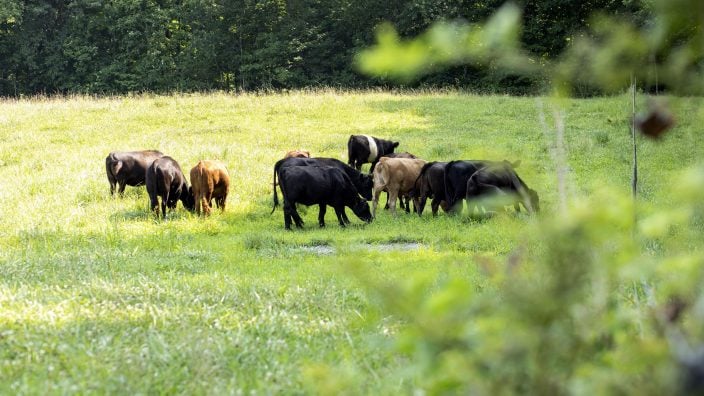
After nearly 100 days of traveling the nation and visiting directly with hundreds of farmers across America, U.S. Secretary of…
Read More

Over 20% of all the production in the United States from agriculture gets exported to a different country.
Read More

On this Ohio Farm Bureau Podcast, get an update on challenges borrowers are facing in 2025 from experts at Ag Credit and find out how the current state of agriculture is affecting the organization.
Read More
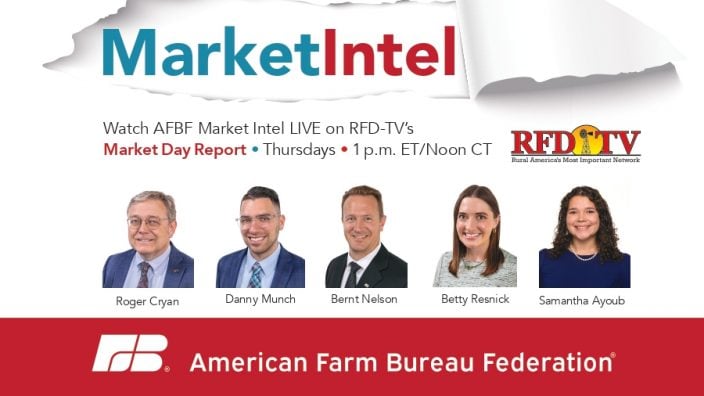
Ohio Farm Bureau has collected information and resources that will be updated as the trade and tariff situation continues to unfold.
Read More

The plan provides a blueprint for policymakers and Ohio Farm Bureau members to bolster Ohio’s agriculture industry and our rural communities.
Read More
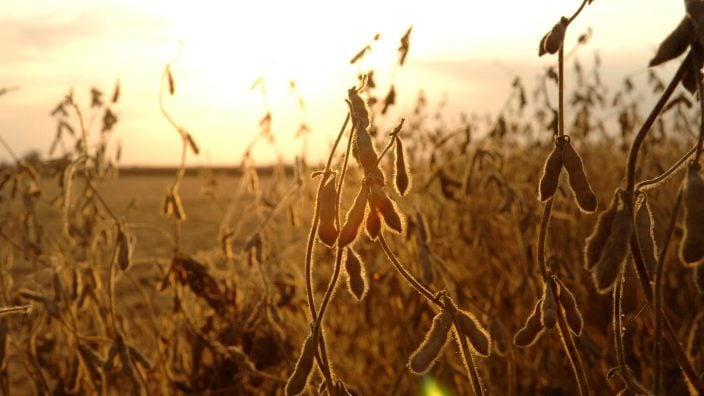
Update: As of Feb. 27, 2025, the Financial Crimes Enforcement Network announced they would not issue any fines or penalties or take enforcement action against companies based on failure to file or update beneficial ownership information reports by the March 21, 2025, deadline.
Read More

Update: As of Feb. 27, 2025, the Financial Crimes Enforcement Network announced they would not issue any fines or penalties or take enforcement action against companies based on failure to file or update beneficial ownership information reports by the March 21, 2025, deadline.
Read More

Update: As of Feb. 27, 2025, the Financial Crimes Enforcement Network announced they would not issue any fines or penalties or take enforcement action against companies based on failure to file or update beneficial ownership information reports by the March 21, 2025, deadline.
Read More

On this Ohio Farm Bureau Podcast, Columbiana County Farm Bureau leader Stacy Irwin talks about this year’s policy development process and some of the topics that were discussed.
Read More
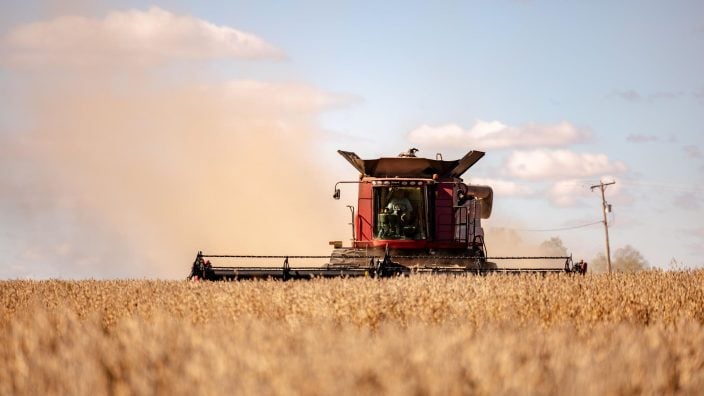
Update: As of Feb. 27, 2025, the Financial Crimes Enforcement Network announced they would not issue any fines or penalties or take enforcement action against companies based on failure to file or update beneficial ownership information reports by the March 21, 2025, deadline.
Read More